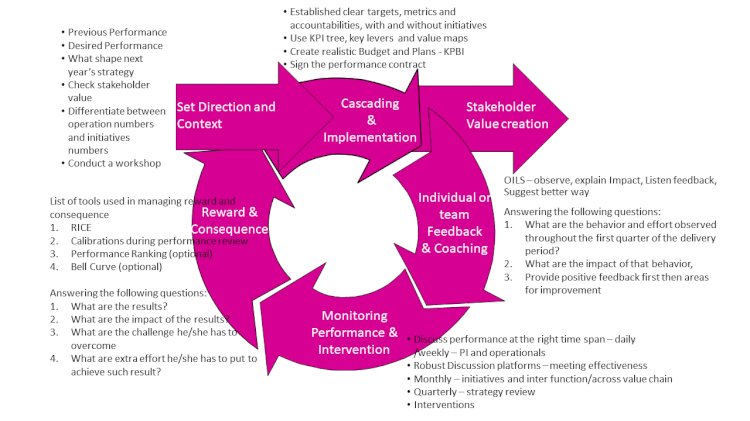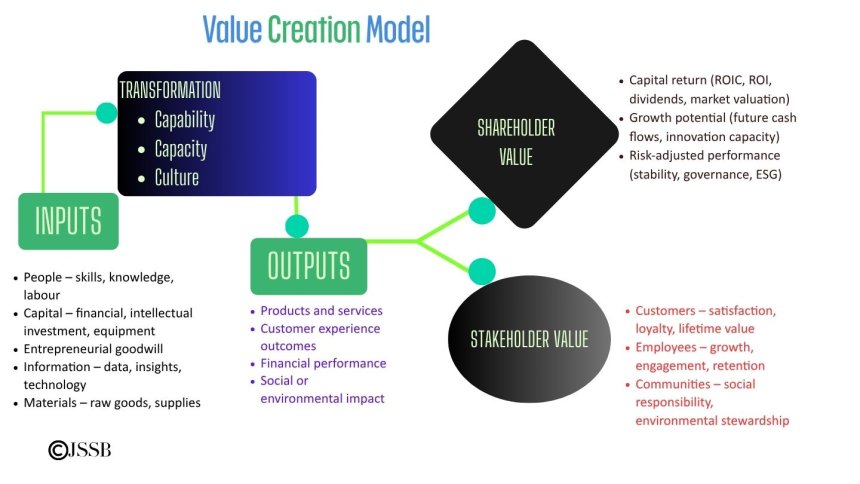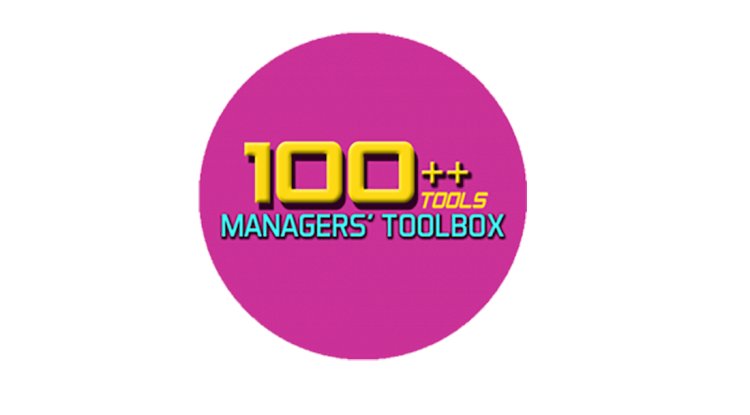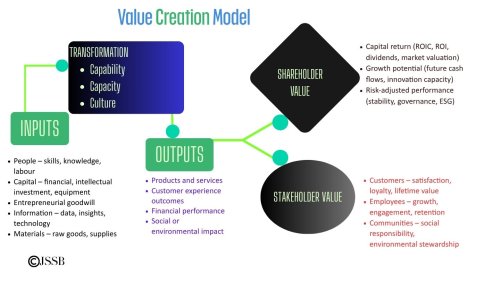How to Failproof your Annual Business Plan?
Get insights on getting the right business plan , tips, and information on how to failproof your business

JSSB 2009 PMS Model : Business Planning as the first step in PMS
Most organisations will kick off their Annual Business Plan development by Q4 and we are pretty sure that your company does that too;
With that in mind, we would like to offer some tips to help you failproof your business plan, like they have been saying all this while, failing to plan is planning to fail, but how sure are you that you have planned well..
Another routine that most businesses continue to do is the retreat workshop, where the company pays a lot of money for a very expensive hotel, so that everybody can stay in the seminar room working on their plans. I don't know why management likes to torture themselves this way, but hey, that's what happened end of the year in, end of the year out.
Some companies can't even tell which retreat is meant for business planning, and which is meant for strategic planning, so they ended up paying consultants that use different tools for an unclear objective - set by the businesses themselves. For example, do you need to use SWOT and PESTEL analysis every year? or during strategic planning? how about your strategic thrust? when do you use scorecard and KPIs?
Well, that's enough for the case of change.
Let's start with the basics.. look at the PMS framework, we are working just on the first step - setting directions and context. You got this one right, the rest will just follow to deliver your desired result.
1. Target Numbers- Setting and Cascading
How do you derive your target numbers? Plug them from the sky? Compare your results to others?
Now, there are always many ways to look at this, is your business plan is driven by your target numbers or is your target numbers are driven by your business limitations? Do you have inputs from market or industry outlooks?
Another popular option is just to increase the total revenue to 30% higher than last year and to work on how to get that number, which also means that, if that number is beyond your current capacity, you might need to add in many initiatives including CapEx investment.
Failproofing your target numbers will require you to debate using many angle/view/paradigm/framework. Depending on who is in your organisation, and your value chain and supply chain outlook.
Cascading the numbers are also not a half-eye job. Which number to cascade? Do you even have a good KPI tree or financial logic tree to see the logic? and have you differentiate the KRIs from the KPIs?
When all these numbers are being laid in the Key Planning Budget Index, do they give clearer tactical directions for execution?
2. Operation (Capacity and Capability) vs Strategy and Initiatives
More often than not, we have seen too many cases wherein the appetite of increasing targets or identifying extra efforts (initiatives), companies have forgotten that they already have dedicated resources to meet the operational requirement; easily explain as ... companies sometimes do not check on their operational capacities to be optimized but rather keep on brainstorming on what's new.
Calculating your capacity may need you to assume on ideal cases, or popularly known as business as usual (BAU), which I really hate the word for its connotation of not doing anything different. How can one live a day the same way as yesterday, and yet expect the result should be the same? Do we even realise that maintaining results means, we need to still do incremental tiny improvement, because everything in this world has a bathtub lifecycle pattern? If we don't move upward, after a while, we will start moving downward, naturally.
In OEx point of view, your capacity must be regularly revised, and at some point, when the effectiveness starts to decline, you will have to intervene. OR, in a company that is ongoing rapid growth, capacity must be strategically planned for it not to over cramp our limited resources.
In some businesses, marketing is an operation, to others, marketing can just be an initiative, depending on your business value chain. While planning for next year budget, make sure you have your headcounts and other overheads being utilized fully before counting on the extras.
these are some numbers you can use to check on your capacities/ operating limits:
1. manpower - Full-time equivalent , how many people do you have, how much should each produce, purely on capabilities (competency, systems and tools) , if with extra people, how much more can be achieved? is this short term or long term, should the resource be in contract term or permanent?
2. plant / warehouse capacities - whats your maximum, and is your maximum can hold your target number? what can be outsourced?
3. cash in hand vs financing
4. SOP - is your current SOPs are only good for a certain size of activities? or it is scalable? Does anything need to be automated?
5. equipment operating limits - what are the maintenance needed for it to run at maximum capacity, how many running days, OEE, any bad actors in the production line. anything needed for leasing?
6. do you have the right network for your strategic dealings?
7. Performance Dialogue / Discussion Platform is ready for each strategy?
3. Talent vs Human Resource
Can't write enough on this but, all in all, your plans will only be executed by the right talent. And this talent needs to have a sound strategy and tactical ability to translate from programs to projects to activities to task. What you need to be sure of is that you do not overlook at their productivity - do not make your talents to carry out more than 8 objectives, inclusive of both operation (JD) and initiatives (IPC), just a rule of thumb - productivity practitioners like to use this as a guide.
Done
Anything too overstress and overstretched, will risk a breakdown. So if you have this ready in your plan, you are good for next year.
These 3 elements can failproof your business plan. Stay agile, have your numbers talking to you, use different assumptions /scenarios to calculate your number, and for those you cant measure - use proxies.
Have a great 2020.
Share
 Like
3
Like
3
 Dislike
0
Dislike
0
 Love
1
Love
1
 Funny
0
Funny
0
 Angry
0
Angry
0
 Sad
0
Sad
0
 Wow
4
Wow
4











What strategic approaches does your company employ to ensure alignment between annual business planning, operational capacity optimization, and talent management for effective execution and sustainable growth? regards <a href="https://ble.telkomuniversity.ac.id/">Telkom University</a>